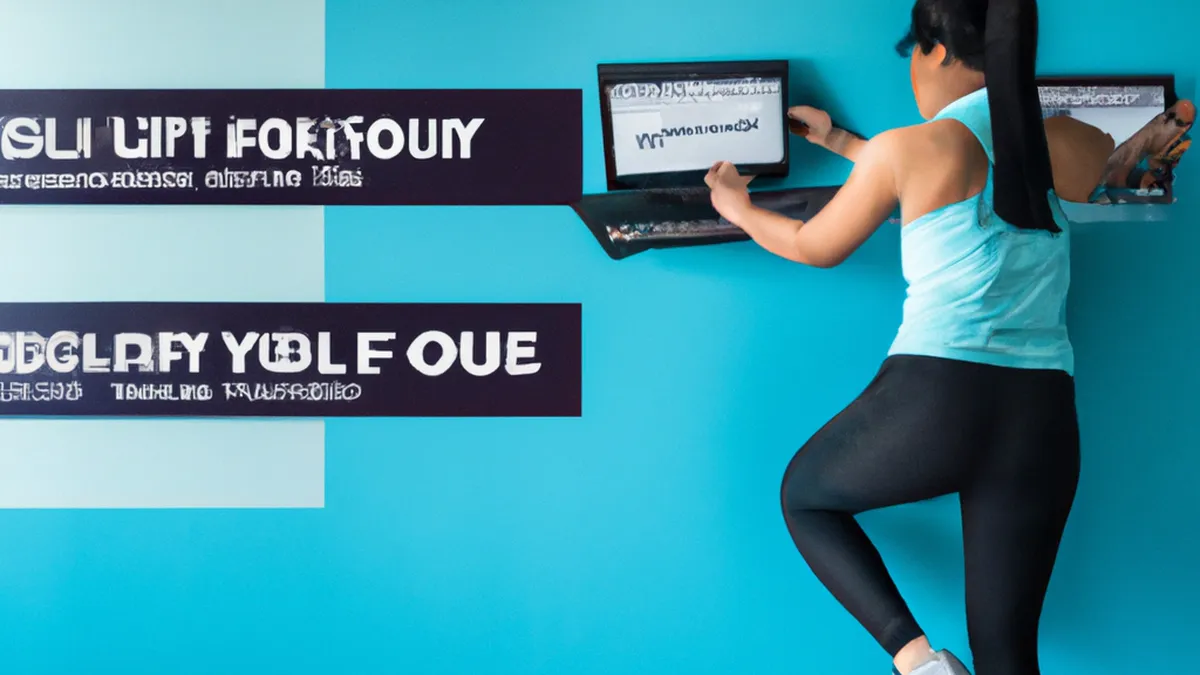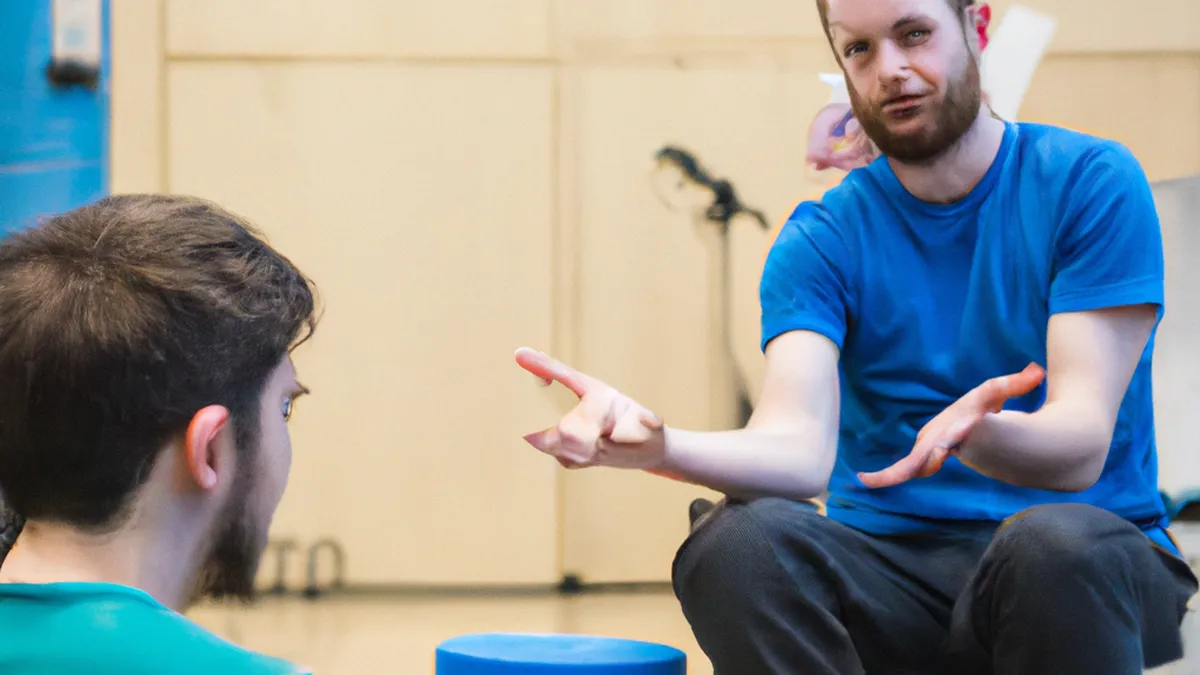Snapshots of Success: A Guide to Mental Prep
Pre-Competition Mental Visualization PracticesCompeting in sports or high-stakes environments often causes nerves. Athletes frequently feel overwhelmed by pressure and self-doubt. However, mental visualization practices help athletes prepare and perform their best. Visualization lets you rehearse mentally, boosting confidence and focus. This blog post explores effective visualization techniques, valuable tips, and the benefits of these practices.
Understanding Mental Visualization
Mental visualization, or mental imagery, involves creating vivid pictures in your mind. Athletes, performers, and public speakers commonly use this technique. Visualization allows you to simulate success, reducing anxiety and enhancing performance.Research indicates that the brain struggles to distinguish between real experiences and imagined ones. Practicing visualization improves muscle memory and skills. When you visualize, you activate the same neural pathways as performing the task, allowing your brain to rehearse and refine actions for success.
Tips for Effective Visualization
As an Amazon Associate I earn from qualifying purchases.
Gear tip: consider sleep mask, white noise machine, and blue light blocking glasses to support this topic.
Follow these simple tips to maximize your mental visualization practices:
1. Find a Quiet Space
Choose a calm environment free from disturbances. A quiet space helps you focus solely on visualization, increasing practice effectiveness. Consider a serene park, a quiet room, or a comfortable corner in the gym.
2. Use All Your Senses
Engage all your senses while visualizing. Imagine not only what you see but also what you hear, feel, and smell. For example, as a runner, picture the sound of feet hitting pavement and the rhythm of your breath. Feel the wind on your face and the ground beneath your feet. Engaging multiple senses makes visualization vivid and realistic.
3. Be Specific
The more specific your visualization, the better your results. Visualize detailed scenarios, including the competition environment, your competitors, and your movements. Picture executing each skill perfectly, from warm-up to final performance. Specificity enhances mental rehearsal and prepares you for various situations.
4. Visualize Success
Focus on positive outcomes during visualization sessions. Picture yourself performing at your best, achieving goals, and celebrating successes. This positive reinforcement instills confidence and determination, crucial during high-pressure moments.
5. Create a Visualization Routine
Develop a structured routine to guide your visualization practice. Start with deep breaths to center yourself, followed by reviewing your goals. Then, visualize the competition from start to finish, including thoughts, emotions, and physical actions.
Conclusion
Incorporating mental visualization practices into your routine can enhance performance and build confidence.
Below are related products based on this post:
FAQ
What is mental visualization?
Mental visualization, or mental imagery, involves creating vivid pictures in your mind to simulate success. It is commonly used by athletes, performers, and public speakers to reduce anxiety and enhance performance. This technique allows individuals to rehearse mentally, activating the same neural pathways as actual performance.
How can I maximize my mental visualization practices?
To maximize your mental visualization practices, find a quiet space free from disturbances, engage all your senses, and be specific in your visualizations. Additionally, focus on positive outcomes and create a structured visualization routine to guide your practice effectively.
What are the benefits of mental visualization?
Mental visualization helps boost confidence and focus, reduces anxiety, and improves muscle memory and skills. By simulating success, athletes can prepare mentally for high-pressure situations, leading to enhanced performance and better outcomes during competitions.















Post Comment